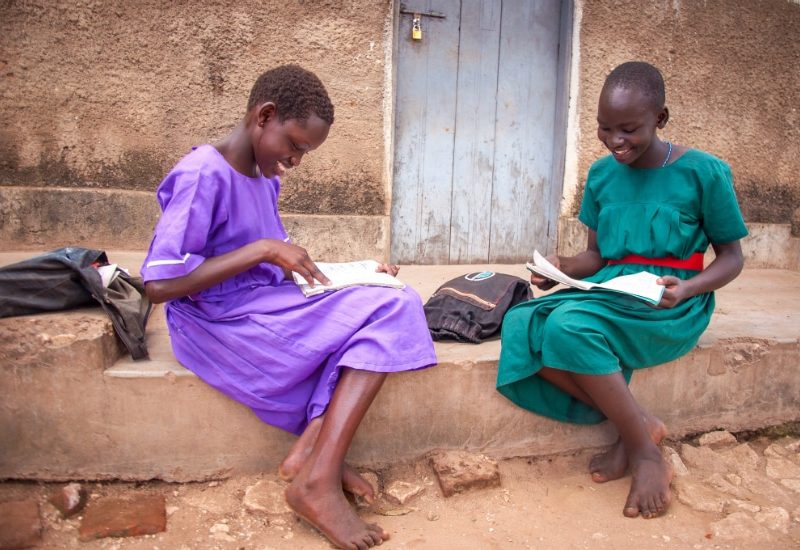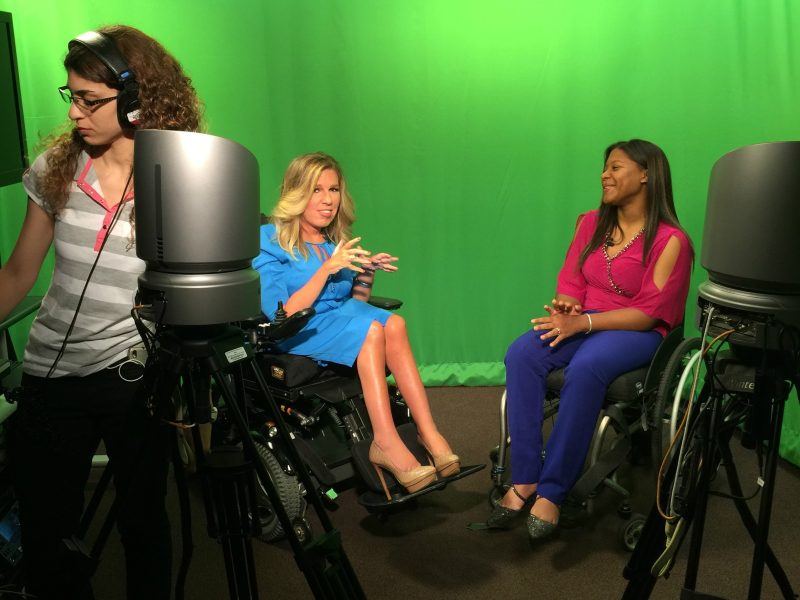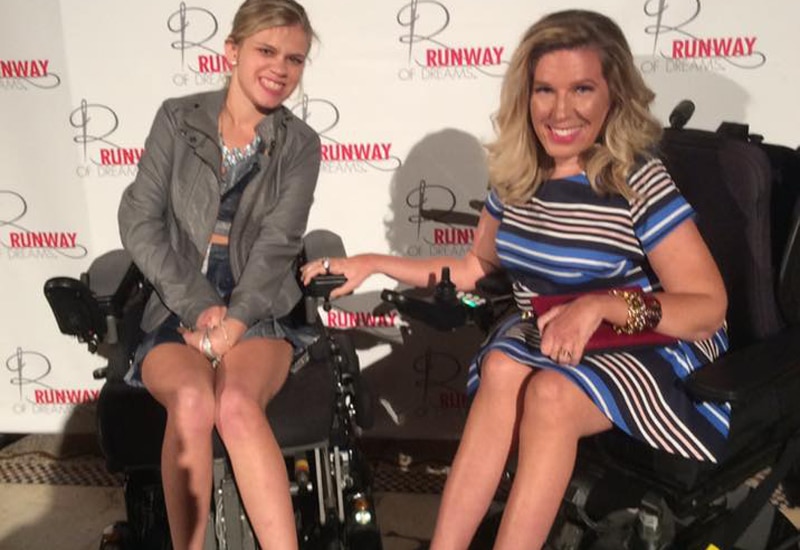
(WOMENSENEWS)—When I started high school, it seemed everyone had a niche they gravitated toward — sports, band, automotive, culinary. Until then, my world had centered on rigorous academics, family travel and on the friends whom I’d known since pre-K who lived on the other side of town. With these friends my identity wasn’t tied to my disability but rather to my daredevil adventures, like flying, surfing, parasailing, waterskiing and soapbox derbys.
But here, in this new school, I was extremely nervous without the comfort of my friends. I didn’t know what kids would think of a girl with cerebral palsy in honor classes. Would they accept my wheelchair? Would they give me weird looks? Would they talk about my speech device? Would they include me in activities? The answer, ultimately, to all those questions, was “yes” but I also learned that if I wanted them to accept me for more than my disability, I had to be more than my disability.

One step toward that was to join as many clubs as possible. I soon had new friends in student government, Christ on Campus, Key Club and more. Nothing would transform my life, though, as much as the Fashion Design Academy, an elective track of study I juggled within the advanced academic programs. Even though I studied like a bookworm, I refused to dress like one! Fashion had always been my passion and I was thrilled that I could explore it in an academic setting.
During the first couple of weeks of freshman year, I noticed that my fashion teacher seemed nervous around me. She was hesitant with my assignments and didn’t know what I could do physically. I was the first student with cerebral palsy and limited fine motor control to take her fashion class in 29 years of teaching. We both were out of our comfort zones, but we were determined to make it work. Soon, a talented senior in the academy offered to be my sewing assistant. The senior guided the fabric through the sewing machine while I pressed down the foot pedal with my hand. After she graduated, my fabulous school aide took over. I supervised them by providing specific instructions on the type of stitch, as well as how I wanted the fabric placed into the machine. (This role as supervisor is a common position for many people with disabilities as we manage those who help us do the things we can’t do ourselves.)
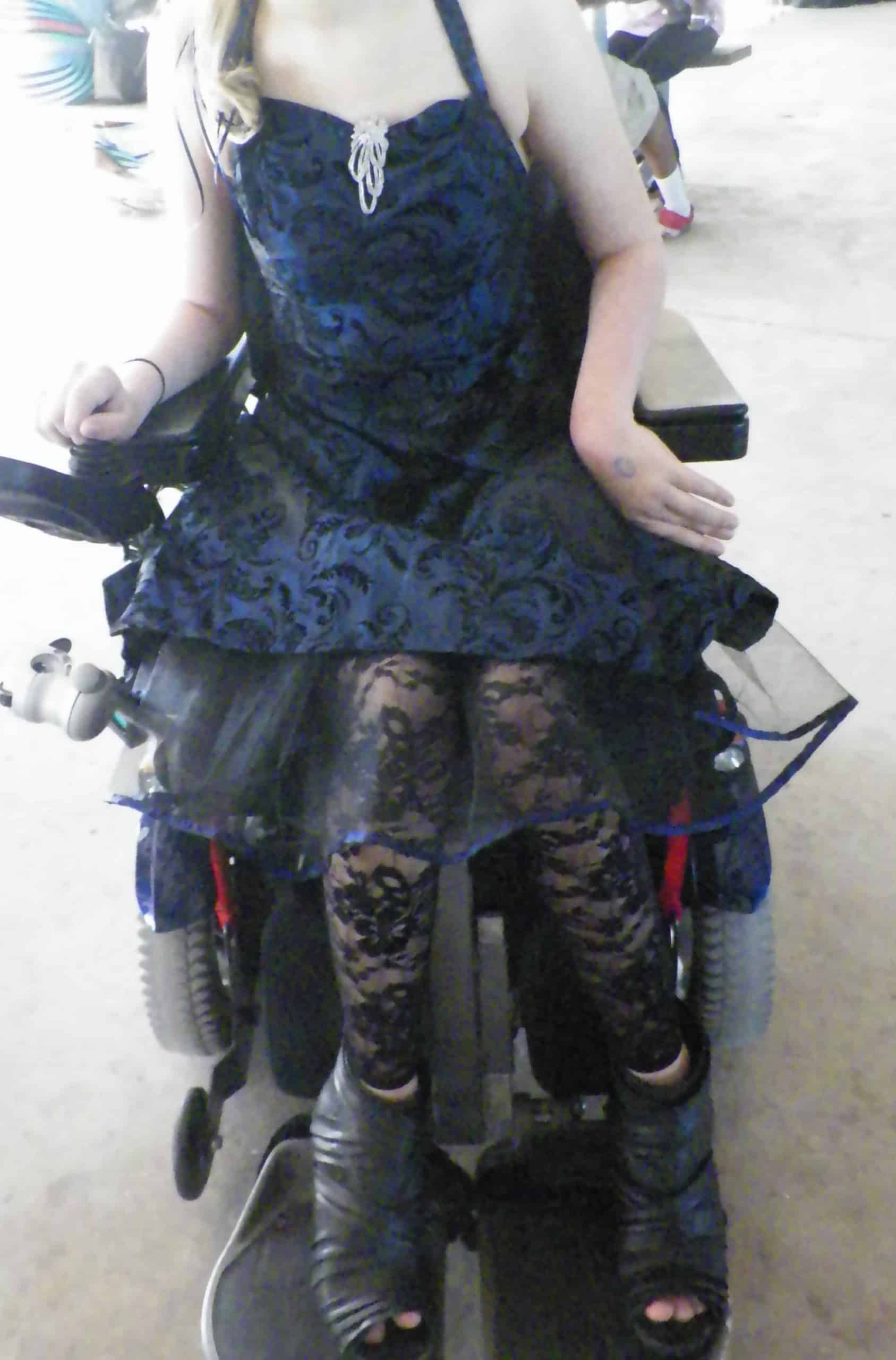 One of the first projects was to take a garment and re-purpose it. I contemplated the collection of outdated prom dresses in the back of the classroom and chose one to redesign into a short halter party dress for myself. Two months later, we won a countywide contest with the project. My assistant and I received a lot of encouraging feedback for our collaboration. This motivated me to create more original sketches and inspiration boards. I produced these while sitting on the floor, where, for some reason, I have significantly more muscle control. I can’t even write my name while sitting at a table but on the floor, I can sketch the designs I create in my head on paper. By this point, my teacher had gained confidence in working with a student with different needs. She was even asked to share our story at a county educators’ training on how it was possible to successfully include students with disabilities in a fashion design program.
One of the first projects was to take a garment and re-purpose it. I contemplated the collection of outdated prom dresses in the back of the classroom and chose one to redesign into a short halter party dress for myself. Two months later, we won a countywide contest with the project. My assistant and I received a lot of encouraging feedback for our collaboration. This motivated me to create more original sketches and inspiration boards. I produced these while sitting on the floor, where, for some reason, I have significantly more muscle control. I can’t even write my name while sitting at a table but on the floor, I can sketch the designs I create in my head on paper. By this point, my teacher had gained confidence in working with a student with different needs. She was even asked to share our story at a county educators’ training on how it was possible to successfully include students with disabilities in a fashion design program.
My designs were more than pretty — they gave a good fit, a crucial component of fashion. But getting this to a level I was proud of wasn’t easy. In fact, I nearly quit the fashion academy because of the toll those numerous fittings took on my body. My CP forces me to concentrate on one task at a time and my muscles don’t allow the flexibility to dress independently. I can’t just throw on a shirt and pants; I have to “tell” my arm to go through the armholes and head, then be helped to stand up and try to balance while someone is tugging up my pants. Once, as my mother tried taking off my skin-tight jeans, she ended up pulling me straight on the floor. Who knew dressing fashionably could be so exhausting? Those struggles gave me a defining perspective for my future designs — ease of dressing. Enter the world of adaptive designs. For a problem solver like me, adapting existing patterns was a fun challenge.
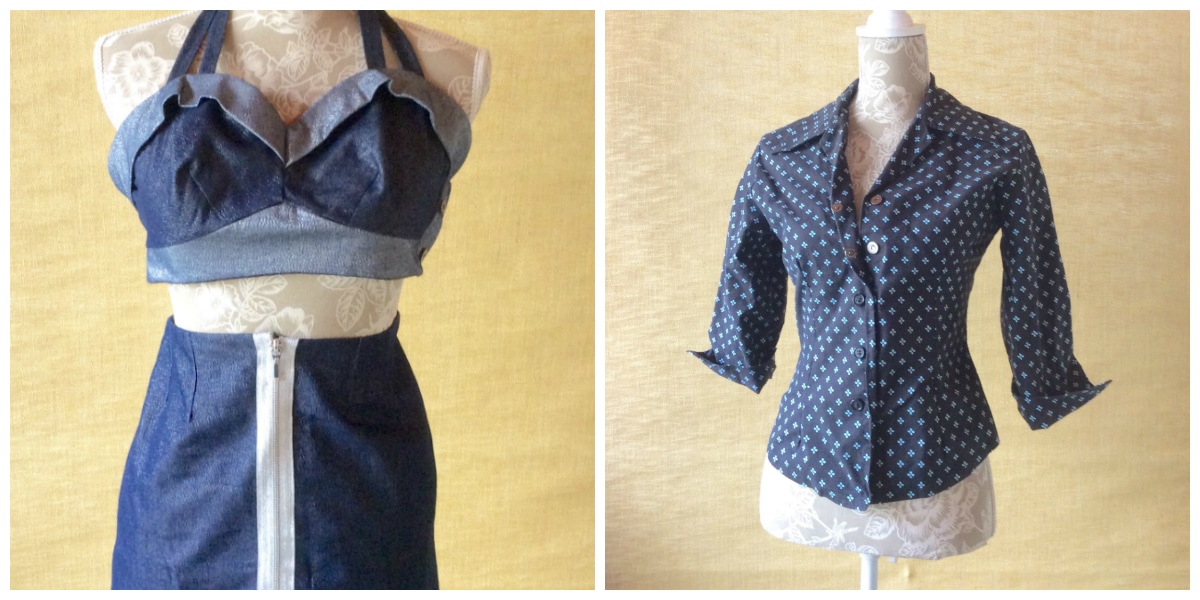
The following year, I researched as many topics as I could: how Fashion Week in New York now had models “working the runway” with unique body types; designers working in the field; and different schools that teach fashion. To that end, I traveled to the Savannah School of Art and Design to tour their fashion design and merchandising programs, and spoke with professors there. They and other industry professionals concurred that adaptive fashion was on the horizon, much like plus-size fashion was at one time, but wasn’t quite there yet. I shared these discoveries with my teacher and she set me up on the computer-aided design software for pattern making. This allowed me to switch the placement of the zipper, button holes and design elements such as “keyhole cutouts” from the back to the front of the garment. Wheelchair users want fashion elements to be seen. Because of this, I placed a fancy zipper down the front of a skirt for style and ease. I also experimented with different closures to lessen the need for fine motor control. My first blouse had faux buttons over Velcro closures; then I discovered that purse magnets from craft stores worked better because they don’t have to align as perfectly to close.
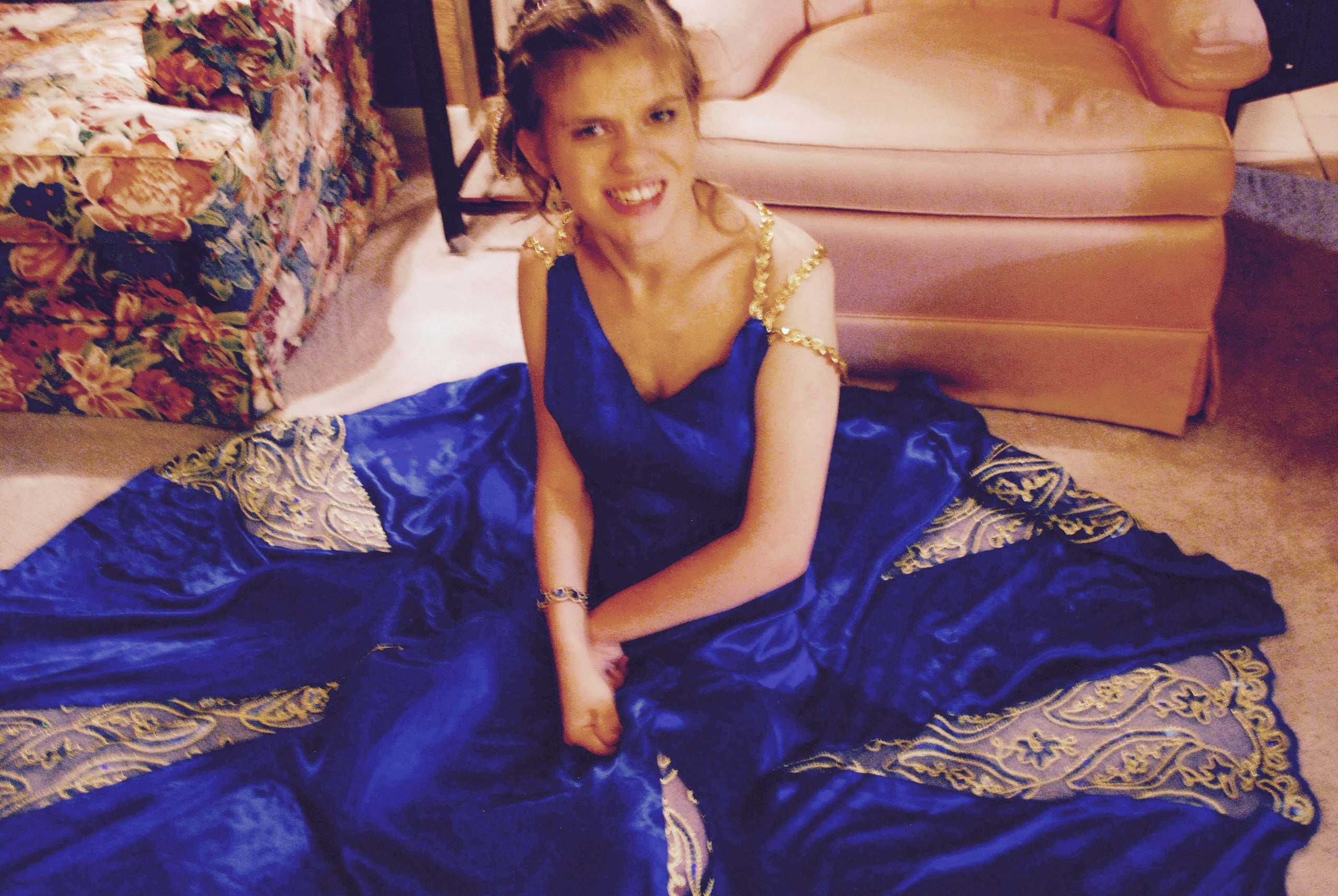
Our next assignment in class was to produce an extensive fashion business model. This project morphed into the vision for my future career in the adaptive fashion industry. So, for the last two years of high school, I focused on reconstructing manufactured patterns into adaptable ones, using the viewpoint of a young woman with a physical disability. I even designed my own prom dress, focusing on the role of materials and textiles in adaptive fashion. The quest for mentors connected me to three key leaders in the business: Mindy Scheier, founder of Runway of Dreams; Dr. Danielle Sheypuk, the first runway model in New York Fashion Week and a disability advocate (and partner of Teen Voice’s Girl Fuse series); and Lucy Jones, creative director of Runway of Dreams and womenswear Designer of the Year from Parsons School of Design. I met them all during the Runway of Dreams inaugural gala and Tommy Hilfiger adaptive fashion show in New York City in June, which Mindy had graciously invited my mom, sister and me to attend. It was a highlight of my life, and convinced me even more that this is the career I was meant to pursue. I have also been blessed with a design mentor at home in Florida who is challenging me to study many elements of the industry. As I enter college in the fall, my focus will be to integrate adaptive fashion into a business-related degree.
It’s time for acceptance of others with unique bodies to be represented in women’s fashion and I am thrilled to be on this journey for all girls and women to feel proud and beautiful in what they wear.
